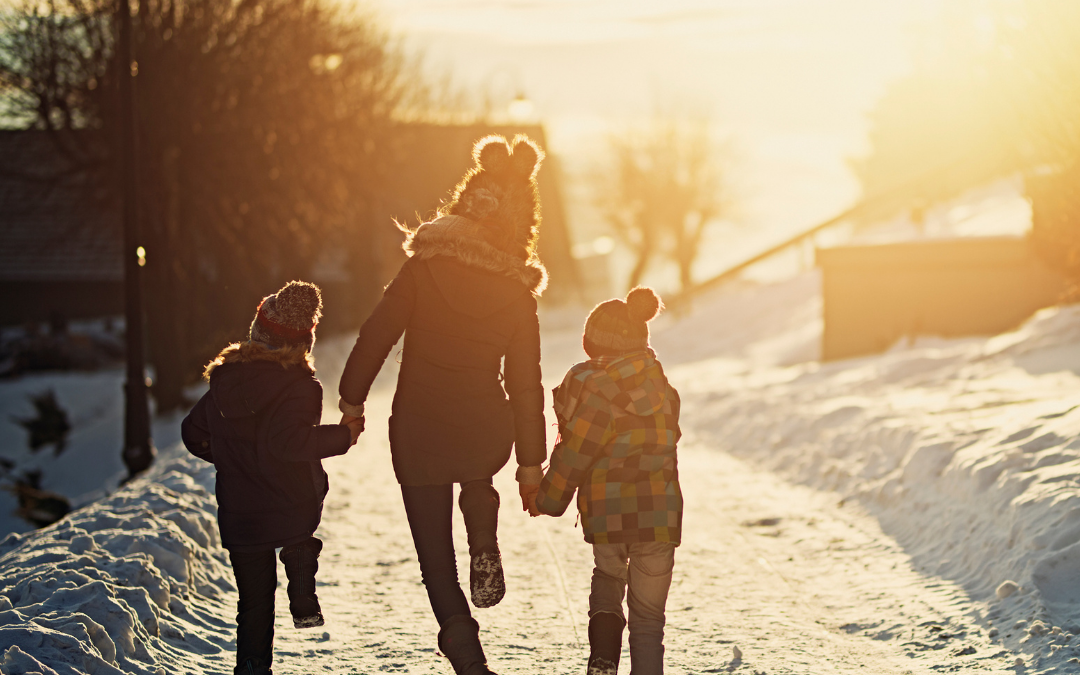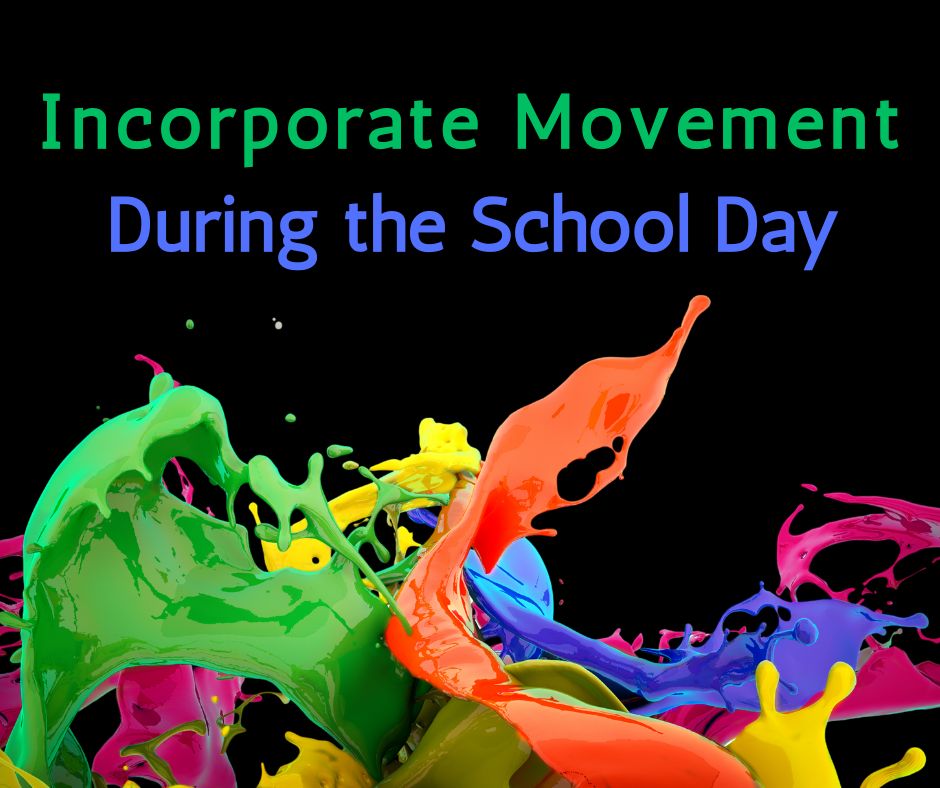
4 Fun Activities to Get Kids Moving in Winter
In a study on the impact of weather on physical activity from Kristiana University College, researchers found that children are less active during cold weather. Findings showed that increased day length often led to decreased sedentary behavior, and warmer temperatures and dry weather were associated with more moderate-to-vigorous physical activity. However, rainy days saw an average of 10 fewer minutes of physical activity compared to dry weather, and overall, there was less physical activity during the cold winter months.
As much as we would all like to snuggle in during cold weather, educators have a responsibility to get children moving — even just a little — every day. Here are four fun activities to help keep kids active during cold winter weather:
#1: Freeze Dance
Before they become self-conscious pre-teens, children love to dance. And really, who doesn’t like a good dance party to start the day? Start by pushing chairs aside. Play some upbeat music to get students moving. To incorporate listening and attention skills, play a few rounds of freeze dance. Students should dance while the music plays, then freeze in position when you stop the music. If you feel like this could get too chaotic, check out dance how-tos on YouTube so everyone can learn to bust a move.
#2: Indoor Obstacle Course
An indoor obstacle course is an excellent idea if you have time and space. Move desks out of the way, and set up activity areas around the classroom. Divide students into groups, and have each group go to a different area. For example, have a group of students do jumping jacks in a corner while another group crawls under a yarn maze. Use painter’s tape to make hopscotch patterns on the floor for a hopscotch area. Set a timer for three minutes, and have each team move to a new area when time is up.
#3: Exercise with Wooden Puzzle
For a game with minimal prep, all you need is a wooden tower puzzle set and a pencil. On each wooden block, write an exercise for students to perform. Set up the tower, and play the game as usual. The twist is that every time a block is pulled out, all players must perform the exercise written on the block. Include fun activities such as moving like a monkey, moving like a snake, marching for 15 seconds, touching toes 10 times, flapping arms like a bird 20 times, or doing a frog jump. After the tower falls, everyone should try to hold a plank for 30 seconds.
#4: Indoor Running
Some winter days, it’s too cold not to be in motion! Tell students to stand up and run in place. Call out various shapes, and ask students to stop running and make each shape with their bodies. For example, when you say triangle, students should stop running and make a triangle with their arms or legs. This game helps stimulate students’ brains and keeps them alert.
Guidelines for Teachers
According to a World Economic Forum write-up on children and exercise, around 76% of American children don’t get enough physical activity — a far cry from the World Health Organization’s prescribed 60 minutes of daily exercise for kids. Even before the COVID-19 pandemic confined everyone indoors, factors such as increasing screen time and lack of safe spaces kept young children sedentary at home.
As educators, it’s essential to emphasize the importance of physical activity and include movement in your curriculum. Some guidelines to follow:
Don’t forget to warm up!
Warm-ups are short activities completed before more intense exercise. Warm-ups gradually increase heart rate, breathing, and body temperature. They aim to prepare the body for motion, improve performance, and help reduce soreness and injury. To simplify warm-ups, have students do a slower, less intense version of the planned activity.
Include Walkabouts in the school day.
As discussed in our post Elevating EdTech Use in the Classroom, adding physical activity into your curriculum leads to greater cognition in students. Walkabouts are a great resource for transforming math, language arts, and reading content into short, movement-rich activities for pre-K to 2nd grade students.
Contact us today to learn more about the Walkabouts program.





